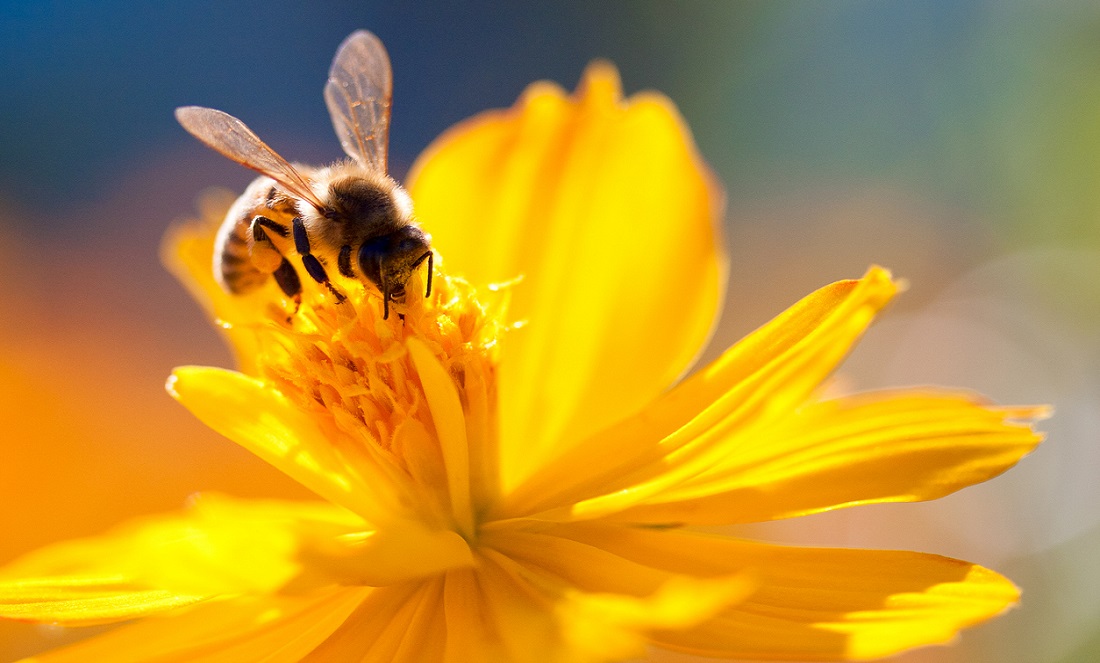Colony collapse disorder has wreaked havoc on bee populations around the world. This is a serious problem where bees set out to gather pollen but never make it back to the hive. Small but important, bees help pollinate one-third of the food we eat.
The buzz on bees is supported by the Federal Government, who have given some sweet funding to a UWA-led Cooperative Research Centre (CRC) for Honey Bee Products.
The CRC is bringing together beekeepers and bee researchers to try and solve problems in bee product marketing and bee disease.
Dr Liz Barbour from UWA’s Office of Research Enterprise says that 52 of Australia’s food crops need bees for pollination. And healthy bees means a healthy food exporting industry for Australia.
“Australia, especially Western Australia, has one of the healthiest honey bee populations in the world, meaning no antibiotics or chemicals contaminate the products,” she says.
“While Australia is surrounded by bee diseases, the worst (including the sucking varroa mite) have not yet reached our shores, thanks to our quarantine efforts.”
The buzz on pollination
Crops such as almonds and avocados must have bees to pollinate the flowers so nuts and fruits can grow. No bees, no avocados—this is not a world any of us wants to live in.
Crops such as canola don’t have to be loved by bees, but pollination can significantly increase the yield.
The CRC plans to help the agricultural industry by looking after managed bees, which can then be used for crop pollination services.
“The CRC will map the bee flora for its impact on bee health and the honey bee product quality it produces,” Liz says. “We can then value the hive sites.”
A dying breed
The parasitic Varroa destructor mite and the deadly viruses it carries previously wiped out the wild bees and got into hives in New Zealand.
Liz says Asian bees were another potential problem to the Australian honey bee industry as the breed carries varroa.
There’s been a couple of incursions in northern Australia but not WA, she says.
“WA borders have been closed to the importation of bees, and I think that’s protected us. We also keep the north and south of WA quite separate.”
If we had a disease such as varroa show up, wild bees wouldn’t stand a chance without constant surveillance and lots of chemicals.
It would also be a blow to the agricultural industry with production immediately dropping by 26%.
When the varroa virus infected hives in New Zealand, the loses were huge. Beekeepers there had to use a lot of chemicals, and although that helped, chemical resistance is now an issue.
“If we were to get varroa, the chances are the strain would already have some chemical resistance,” Liz says. “We have to be extremely vigilant.”









